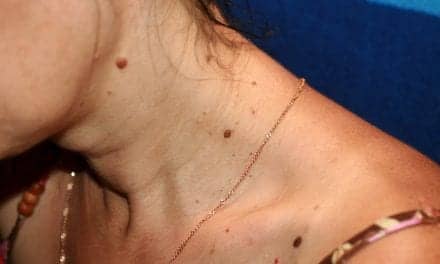2/02/07
Researchers have found that UV light may cause damage to DNA. The finding shows that the damage depends on the position of the DNA at the moment the UV light strikes the molecule.
“The speed of this reaction has important consequences for understanding how DNA is damaged by UV light,” says Bern Kohler, PhD, associate professor of chemistry at Ohio State University, Columbus. “In this study, we didn’t see any evidence that long-lived energy states are responsible for damage. Now it seems more likely that short-lived states cause the most common chemical damage to DNA.”
The researchers used a technique called “transient absorption” to observe the DNA damage. Transient absorption is based on the idea that molecules absorb light at specific wavelengths, and it allows researchers to study events that happen extremely quickly. The researchers are studying UV damage to understand the role it plays in sunburn and diseases such as skin cancer.
The chemists selected specially designed strands of DNA—ones made solely of thymine bases to boost the chance of observing a reaction between adjacent thymines—and exposed them to UV light. They then timed the reactions that caused the new thymine bonds to form.
They observed the most common chemical reaction among a family of DNA reactions that are linked to sunburn, and discovered that this reaction occurs with astounding speed—less than 1 picosecond, or 1 millionth of 1 millionth of a second.
Previously, scientists believed that the longer a DNA molecule was excited by UV energy, the greater the chance that it would sustain damage. Therefore, long-lived excited states were thought to be more dangerous than short-lived ones. However, this study shows that the most common UV damage is caused by a very short-lived excited state.
The damage consists of two tiny molecular bonds that form where they shouldn’t—between two thymine bases stacked together among the billions of bases in the DNA double helix.
According to the researchers, DNA conducts some chemical reactions of its own to heal itself. However, when DNA sustains too much damage, it can’t replicate properly. Damaged cells simply die—the effect that gives sunburn its sting. The researchers also note that chronic damage creates mutations that lead to diseases such as skin cancer.
“In our efforts to understand photo-damage, this new result shifts our attention to the DNA structure, and the kinds of arrangements that exist at the moment DNA absorbs light,” says Kohler.
[Newswise, January 31, 2007]


